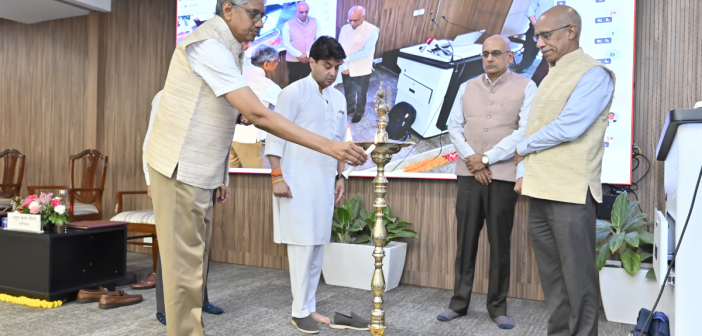The Telecom Regulatory Authority of India (TRAI) commemorated World Telecom and Information Society Day (WTISD) with a high-profile seminar in New Delhi, focusing on Universal and Meaningful Connectivity (UMC) as the cornerstone of India’s digital progress. This initiative underscores TRAI’s commitment to ensuring equitable, accessible, and sustainable communication services for all citizens, bridging the digital divide and fostering socio-economic development.
Union Minister of Communications Jyotiraditya Scindia inaugurated the event, emphasizing that telecommunications form the digital highway powering India’s transformation. He outlined six key pillars of UMC—affordability, availability, access, quality of service, online safety and security, and technology—which have collectively positioned India as a global leader in the digital space. Scindia also underscored the rising role of satellite-based telecommunications in expanding connectivity to remote and underserved regions, complementing terrestrial networks.
TRAI Chairman Anil Kumar Lahoti highlighted TRAI’s pivotal role in shaping the country’s telecom landscape through reforms and regulatory interventions that have enhanced coverage and connectivity. He discussed TRAI’s Ease of Doing Business initiatives, improvements in telecom service efficiency, and stringent consumer protection mechanisms.
Industry experts and global stakeholders, including Deepak Mishra from ICRIER and Pranita Upadhaya from the ITU Innovation Centre for South Asia, contributed insights on Artificial Intelligence advancements, digital policy frameworks, and the strategic role of ITU tools in driving innovation and entrepreneurship. They also explored South Asia’s growing technological collaboration and the role of regional innovation hubs in supporting startups and policy integration.
The seminar was attended by senior officials, industry leaders, and representatives from the telecom, ICT, and broadcasting sectors. Discussions centered on policy directions, technological advancements, and cooperative strategies required to achieve universal connectivity in India, reinforcing the nation’s stature as a global digital powerhouse.






